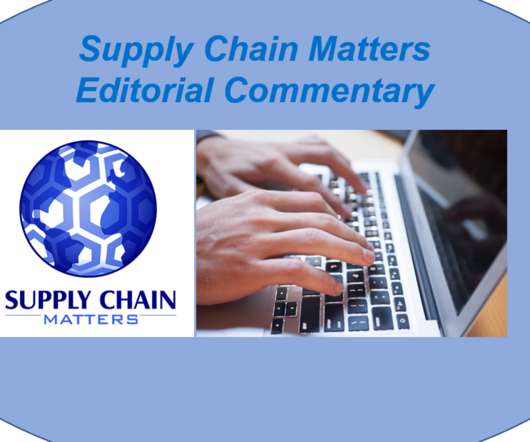It’s Turkey Time!
Kinaxis
OCTOBER 9, 2015
Unlike other manufacturing industries, it’s a lot harder to make up for a miscalculation in raw material needs when you’re dealing with living, breathing animals that only reproduce at a specified rate. While there is the possibility of sourcing from a secondary supplier, there’s no guarantee they’ll have enough stock available.
















Let's personalize your content